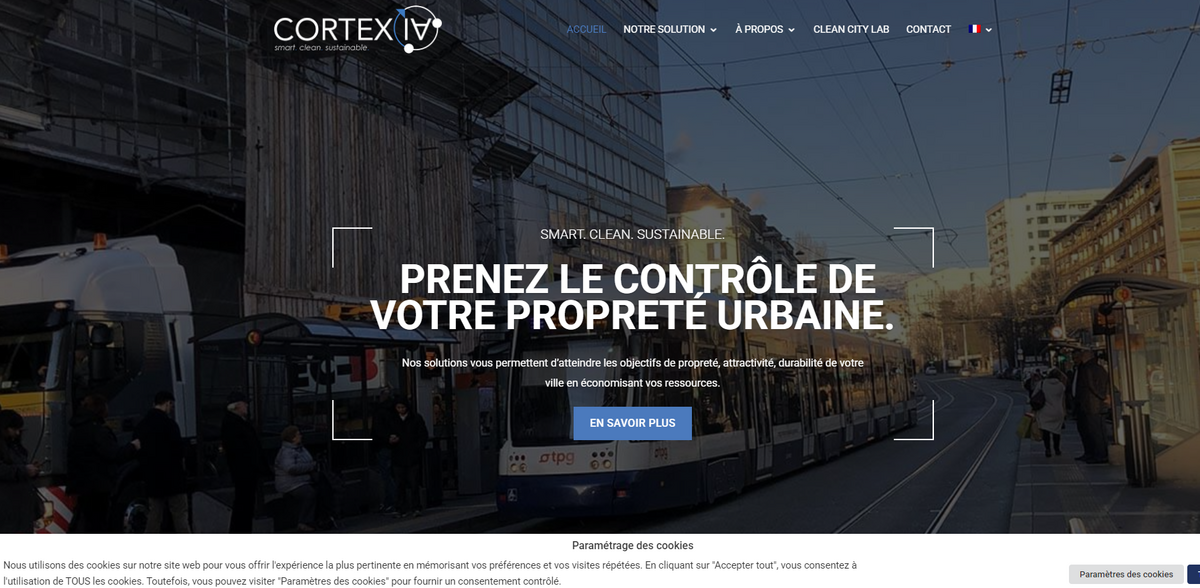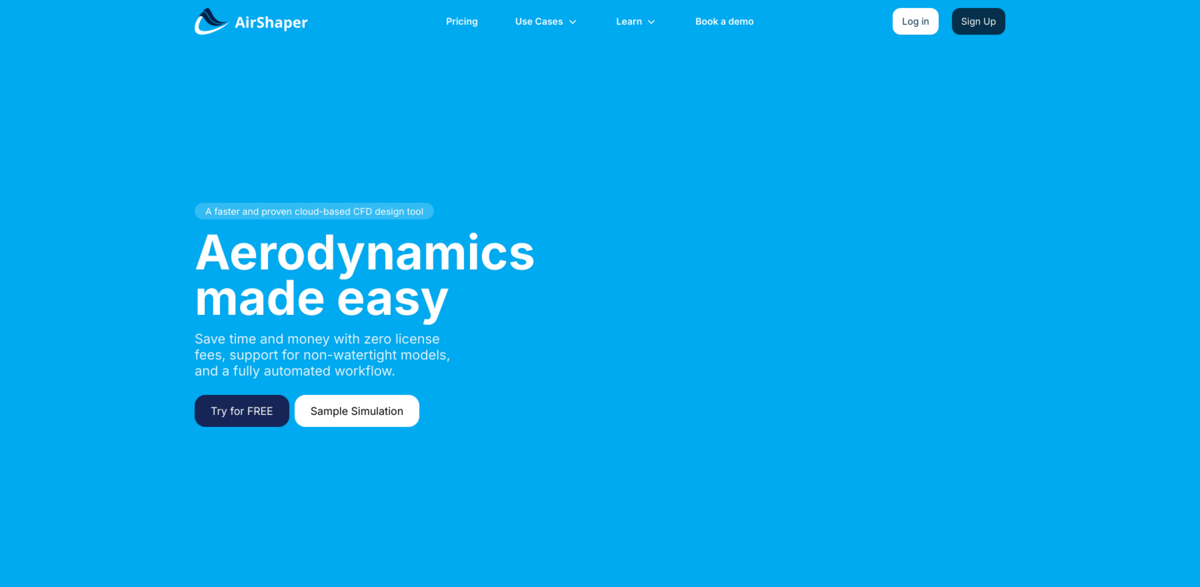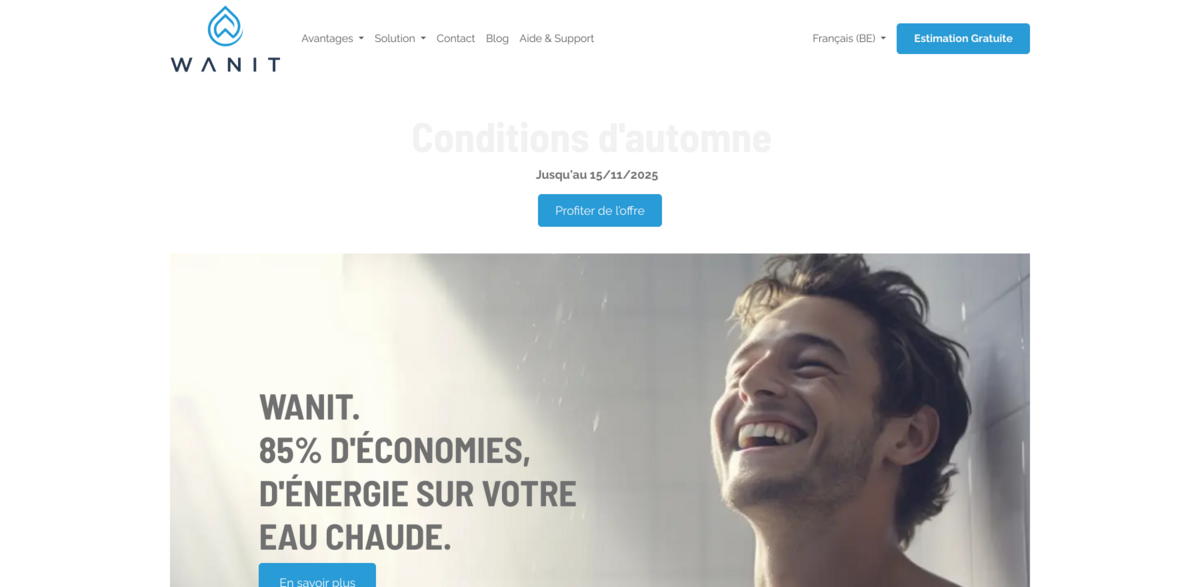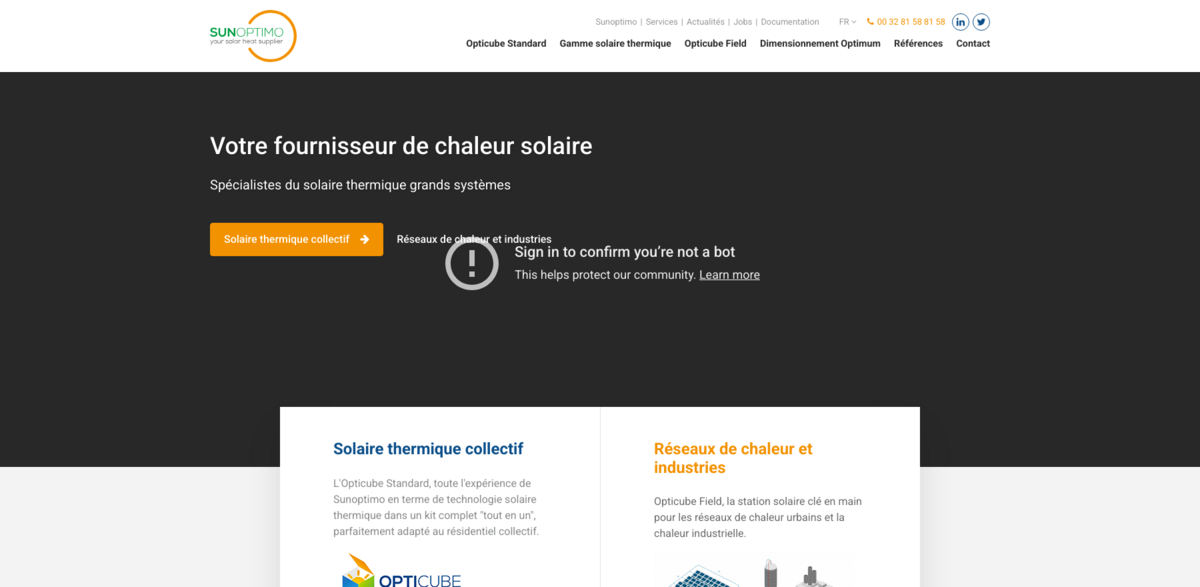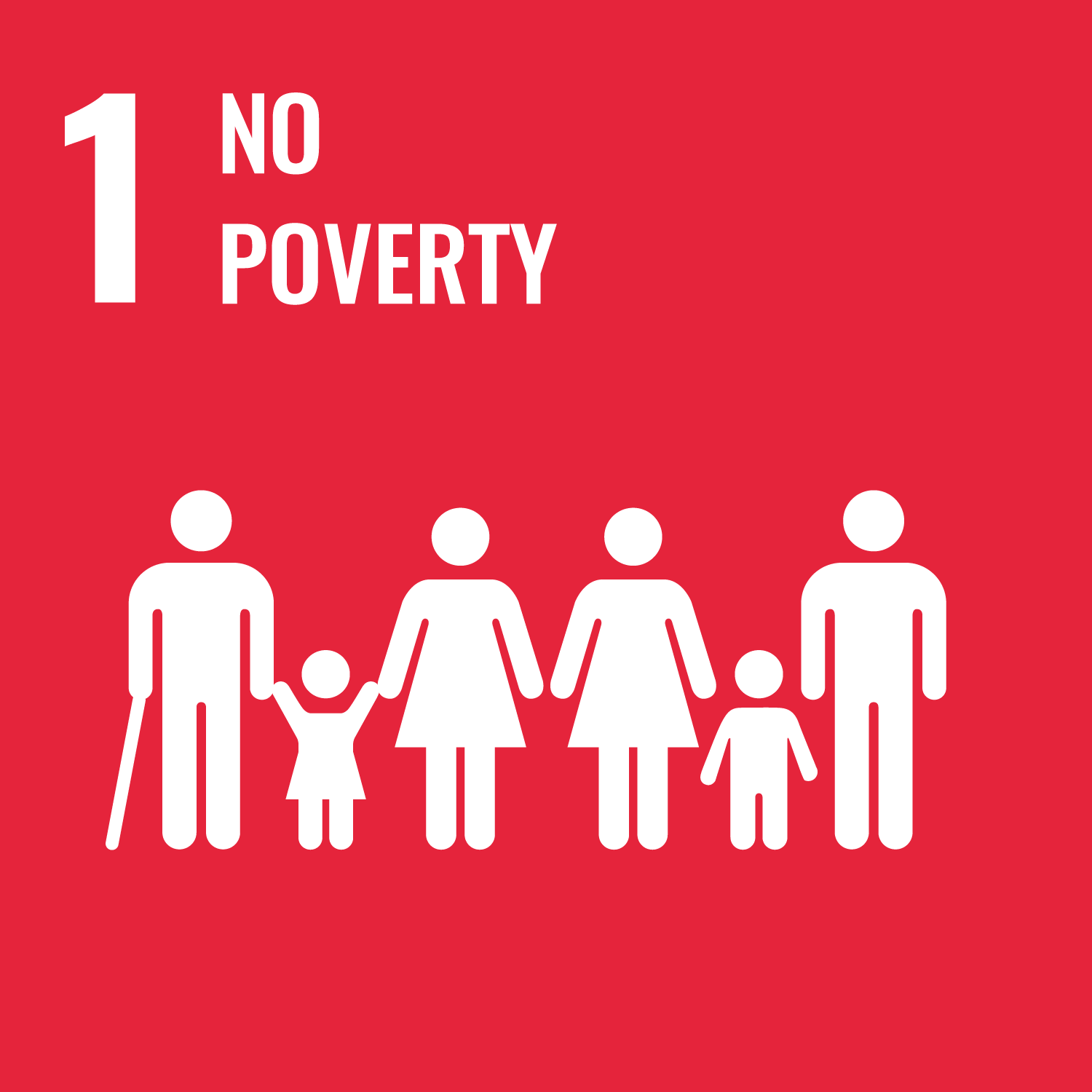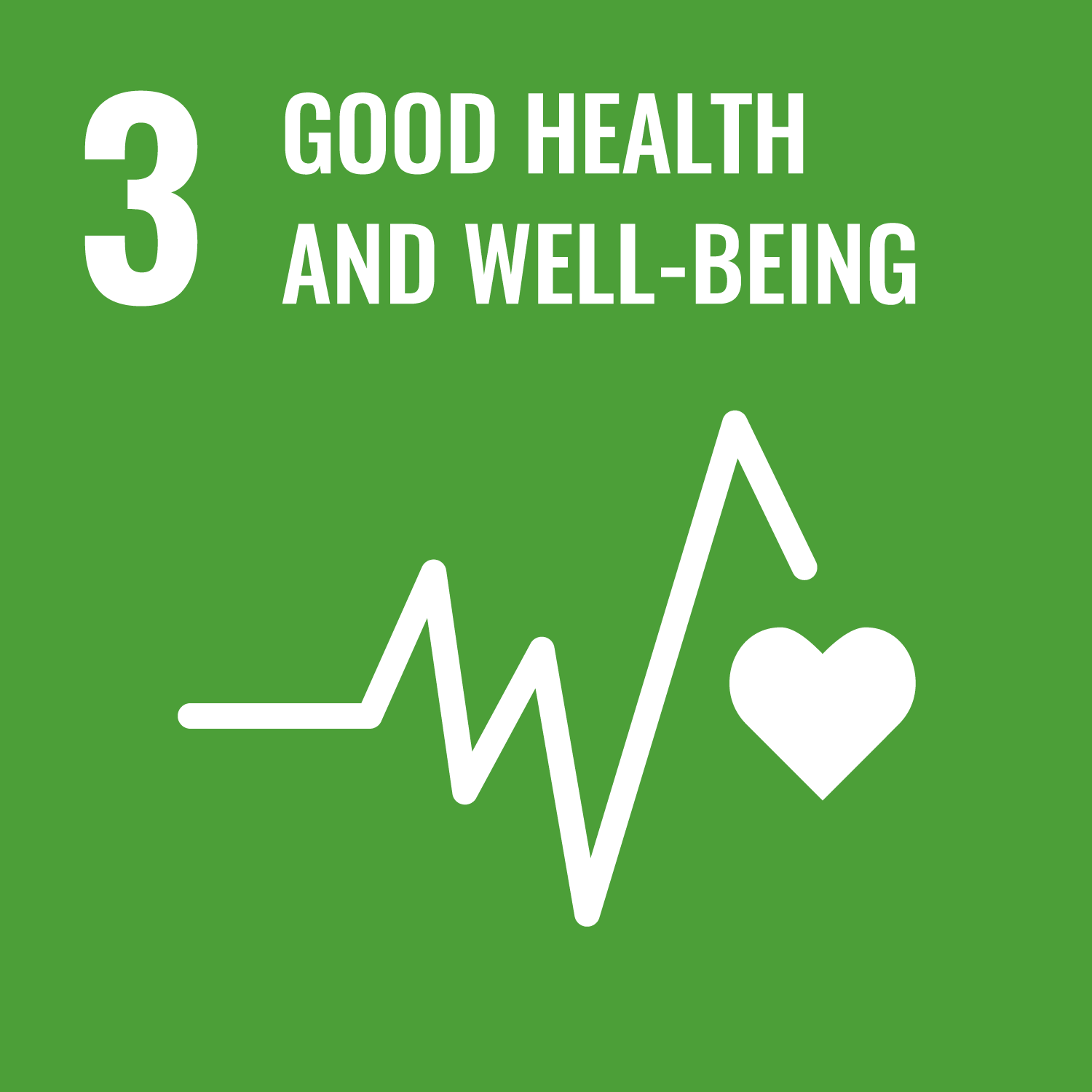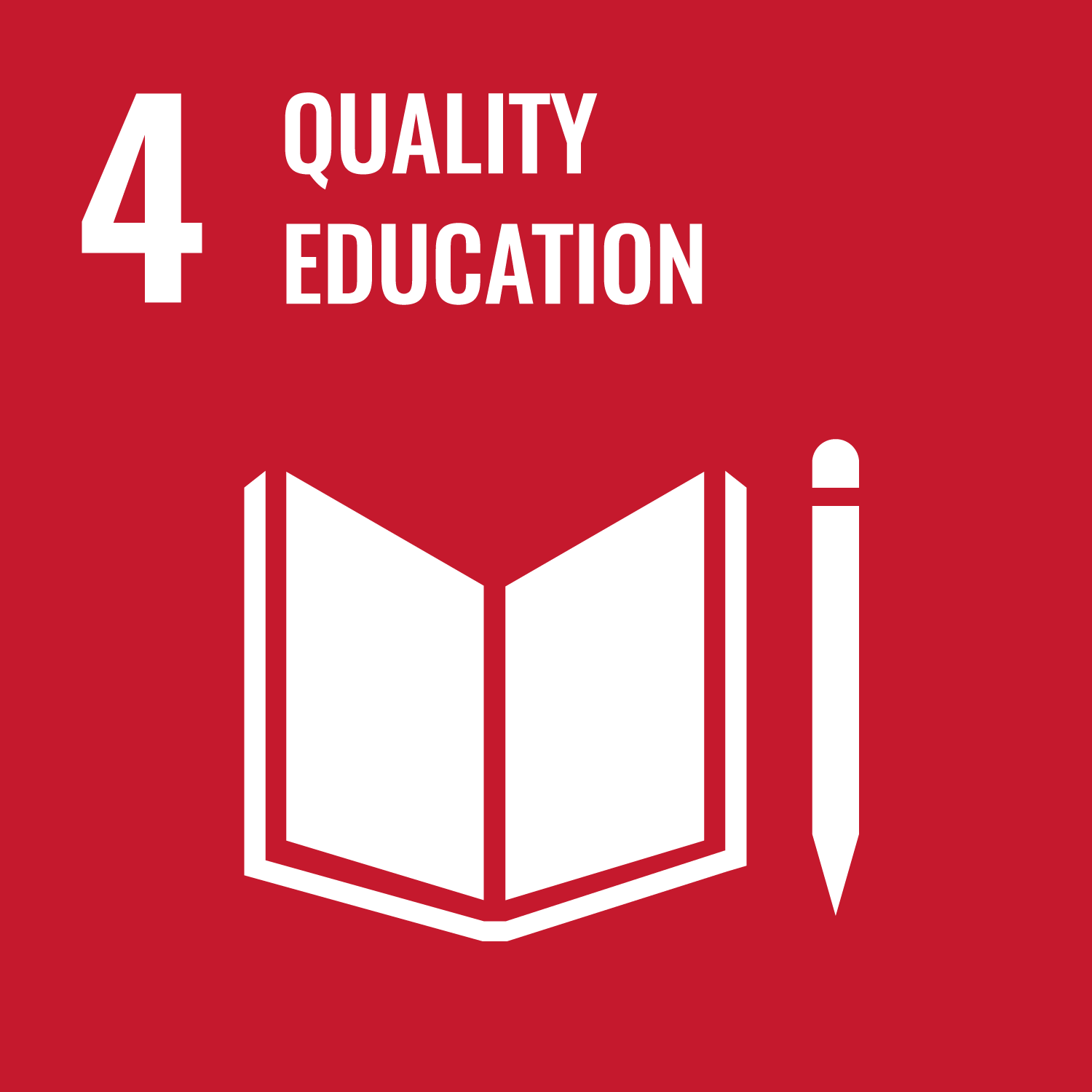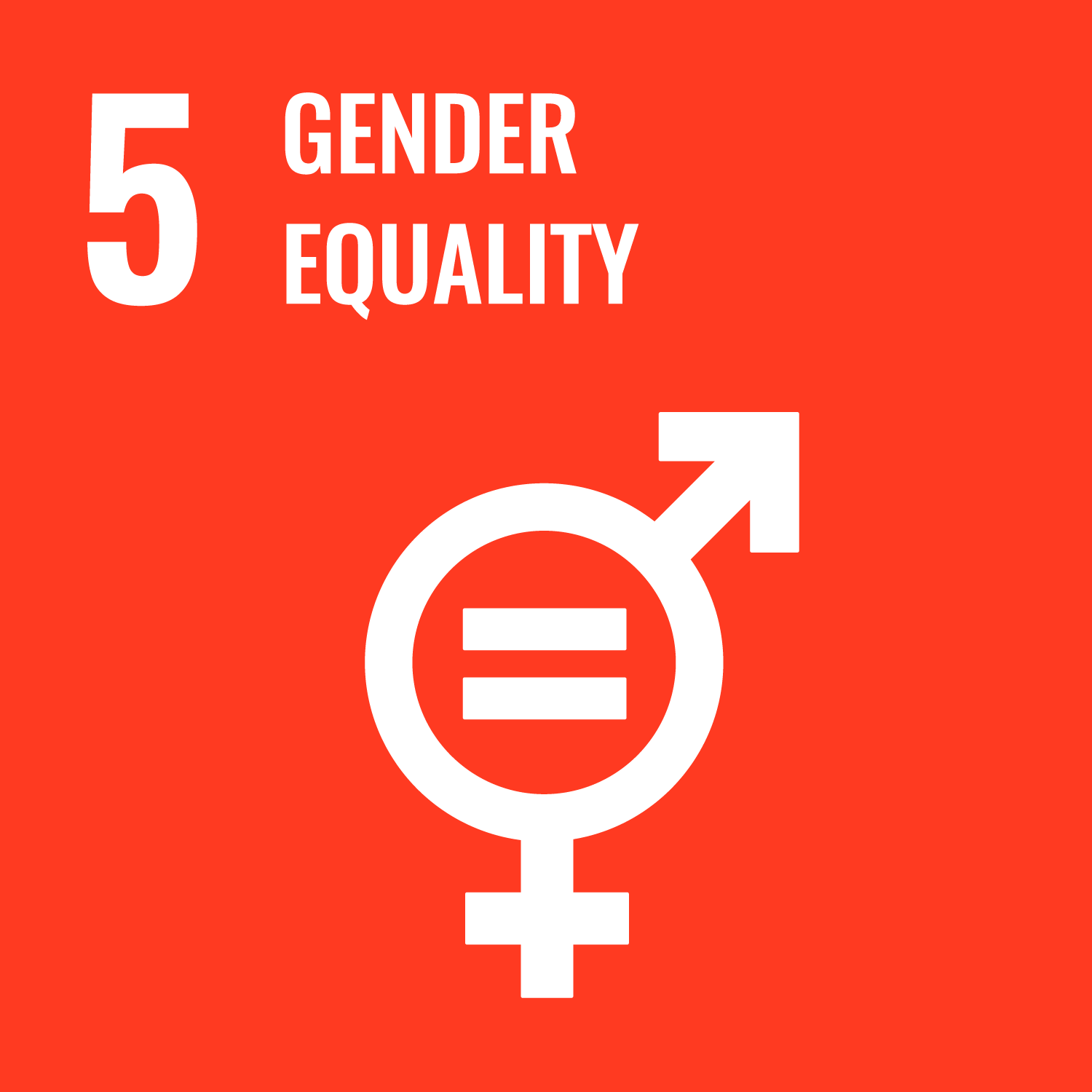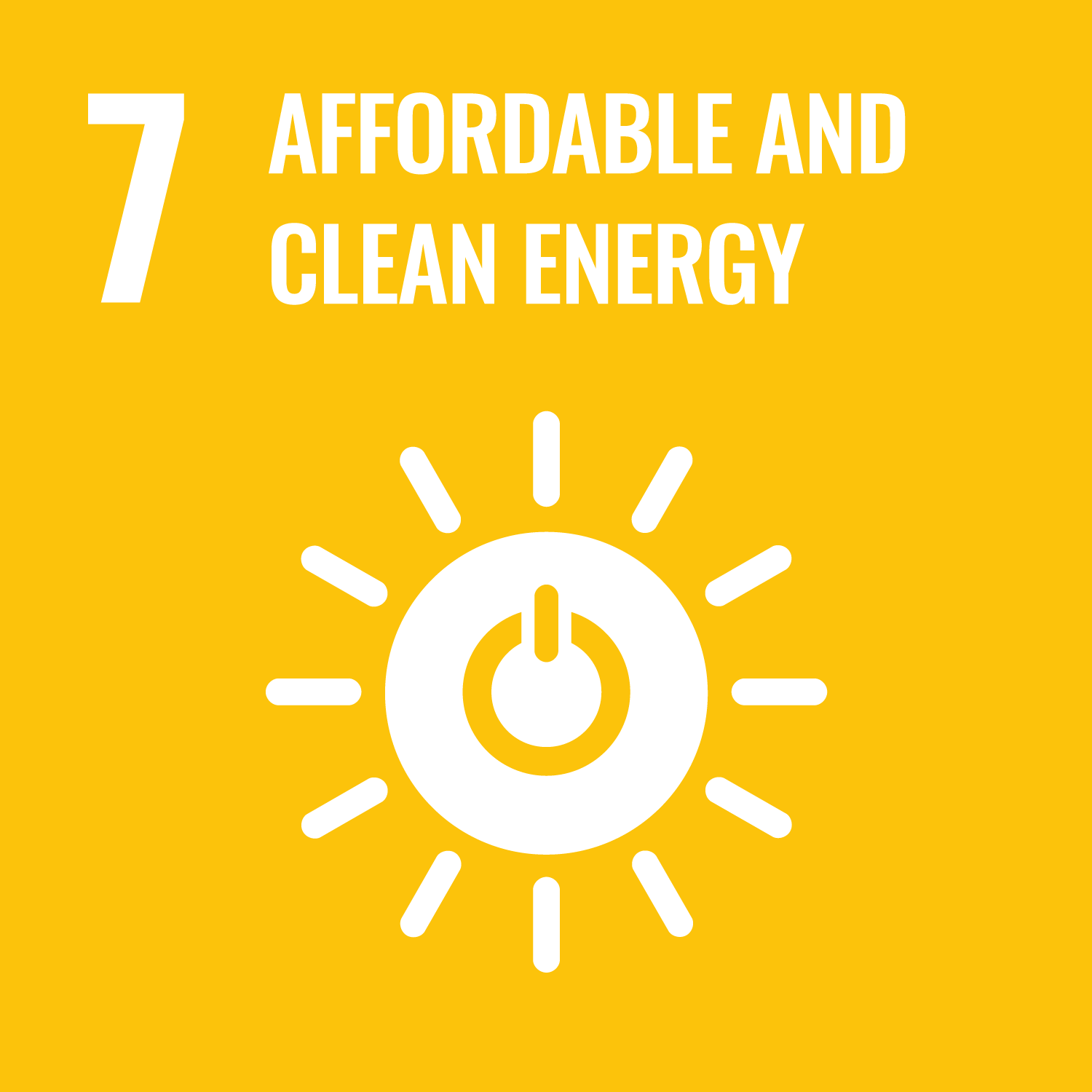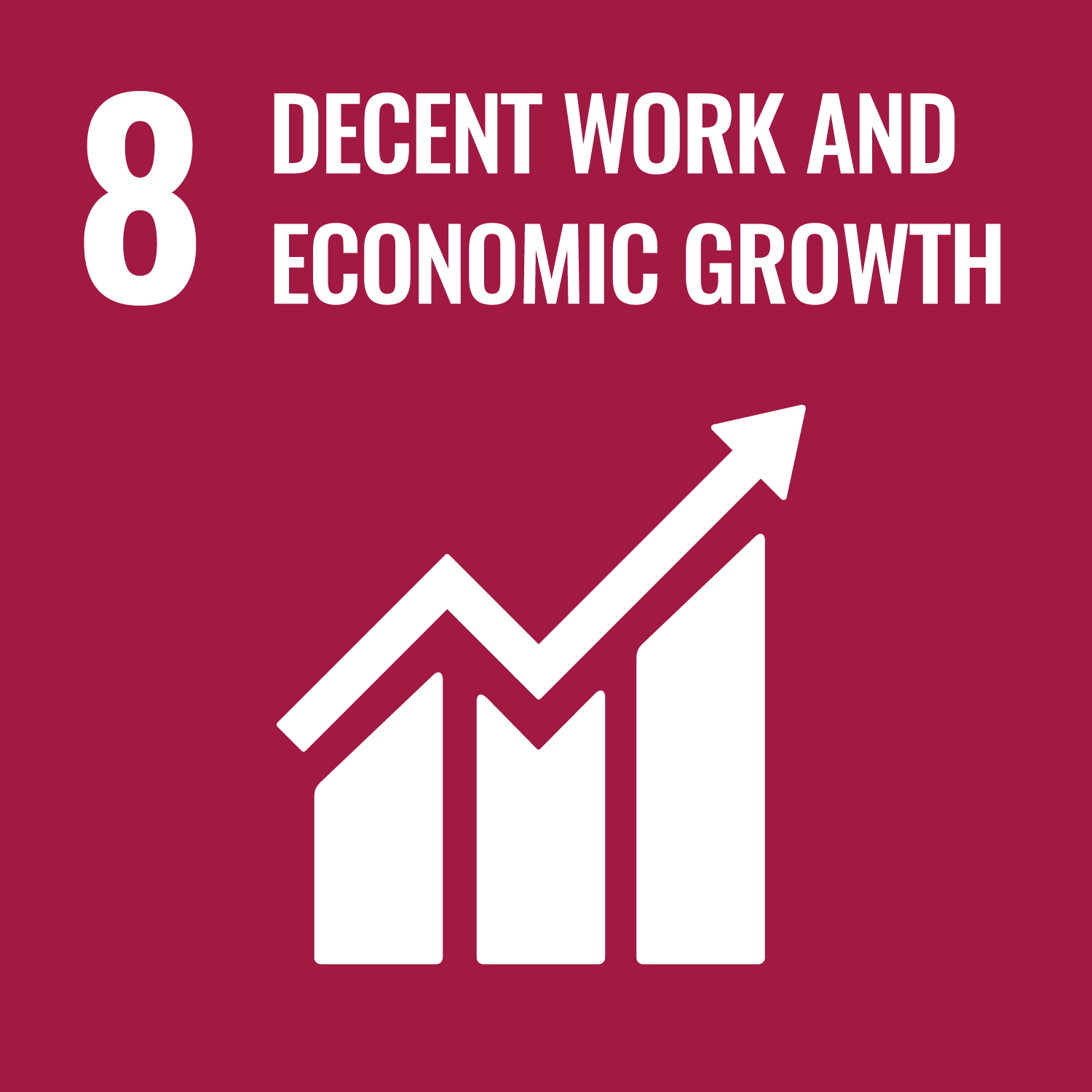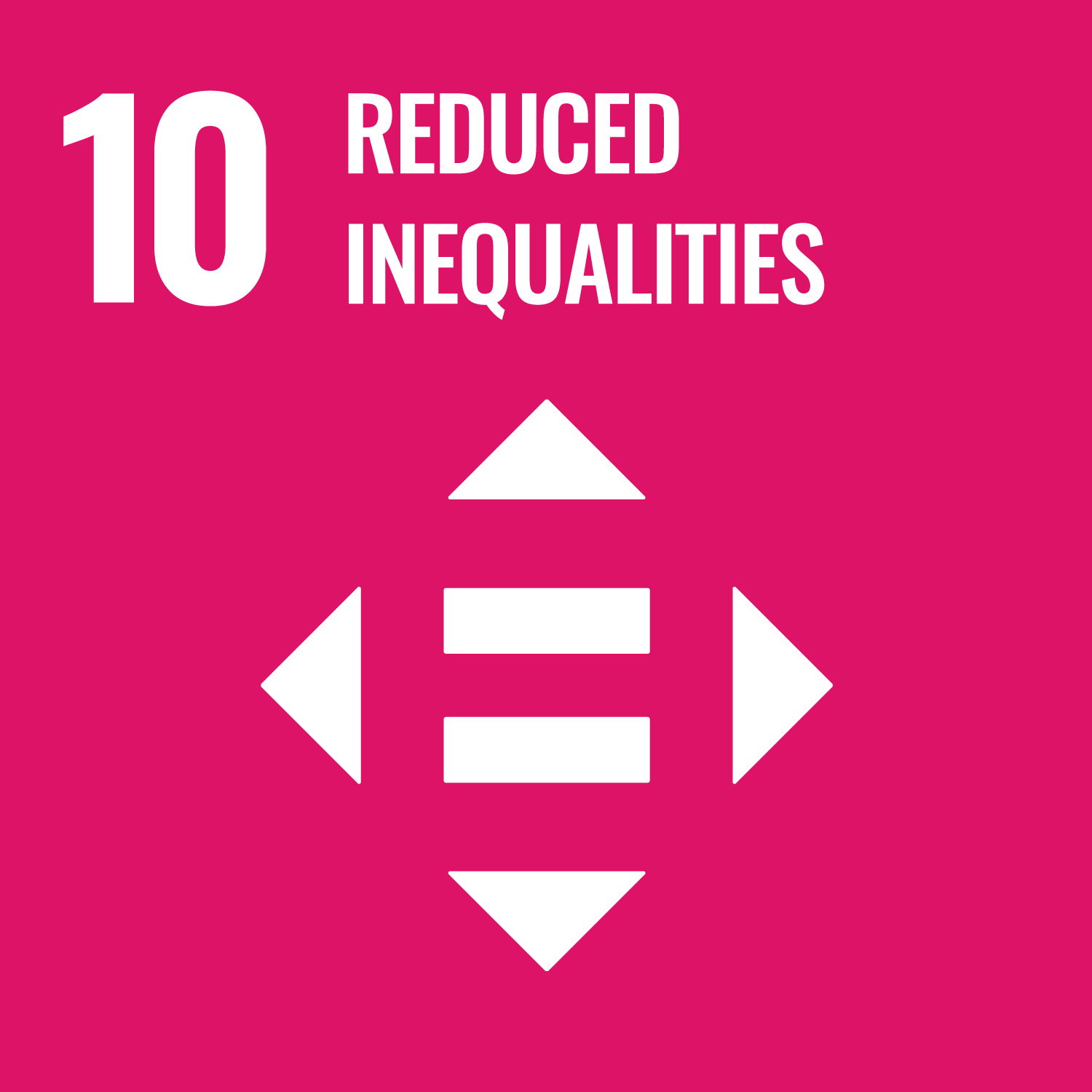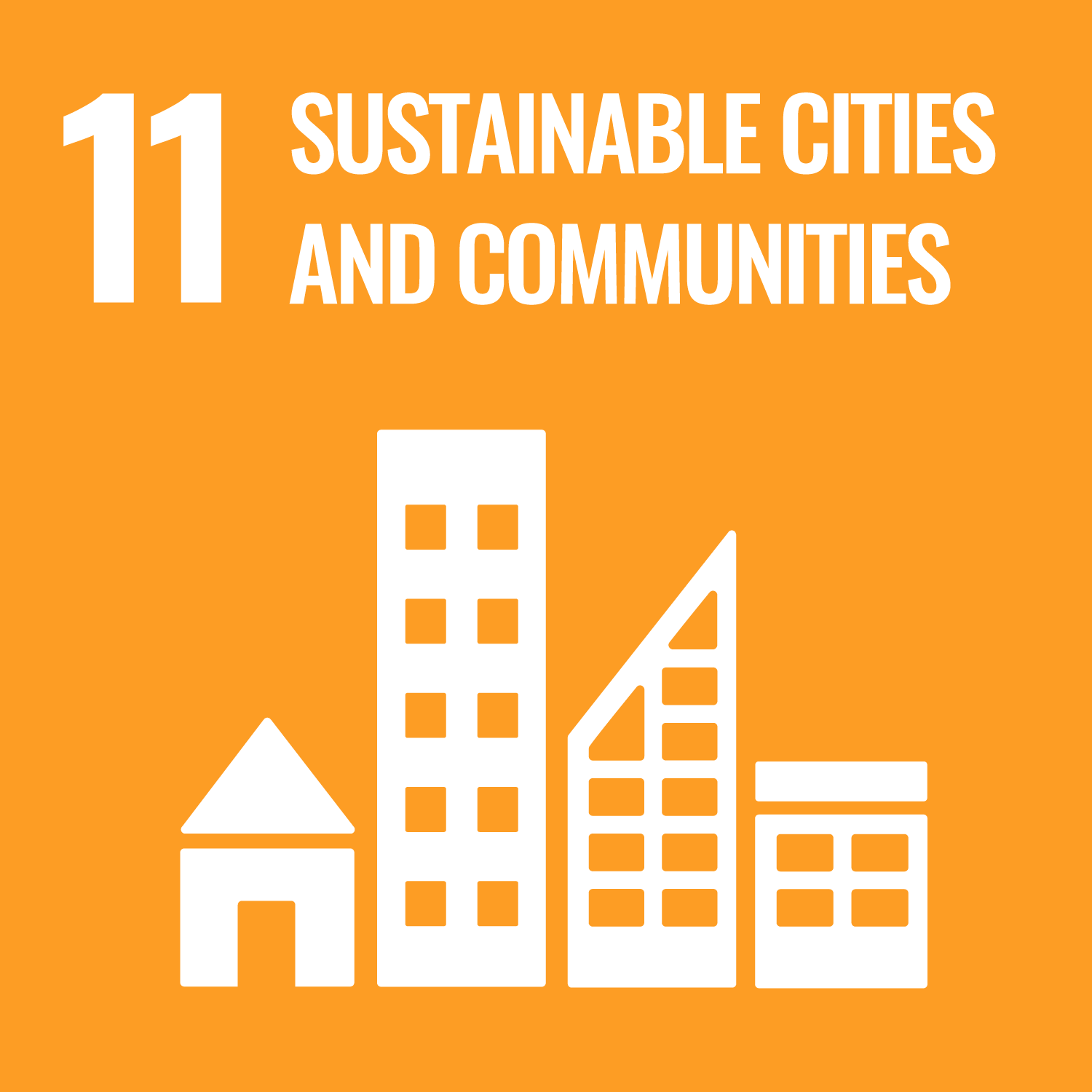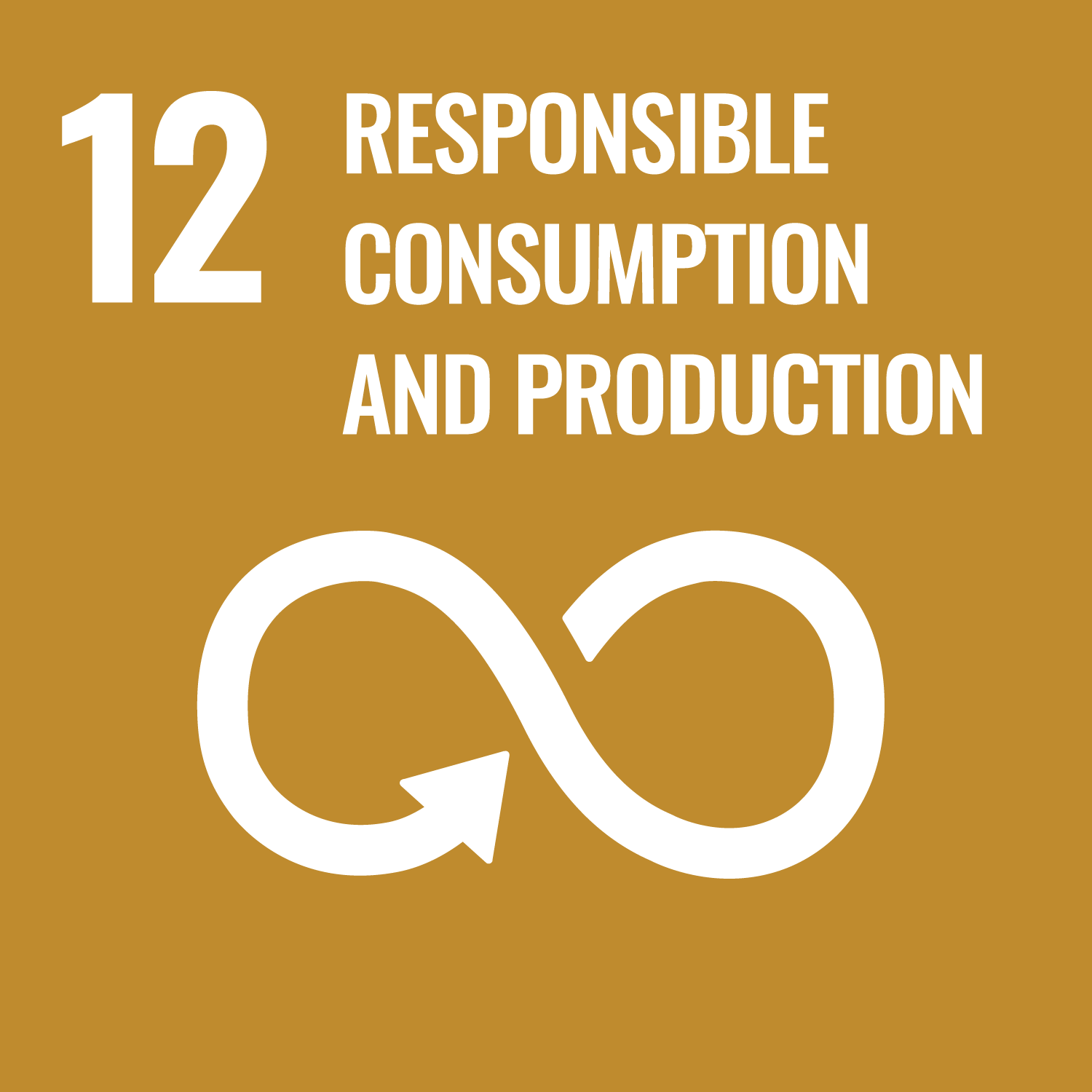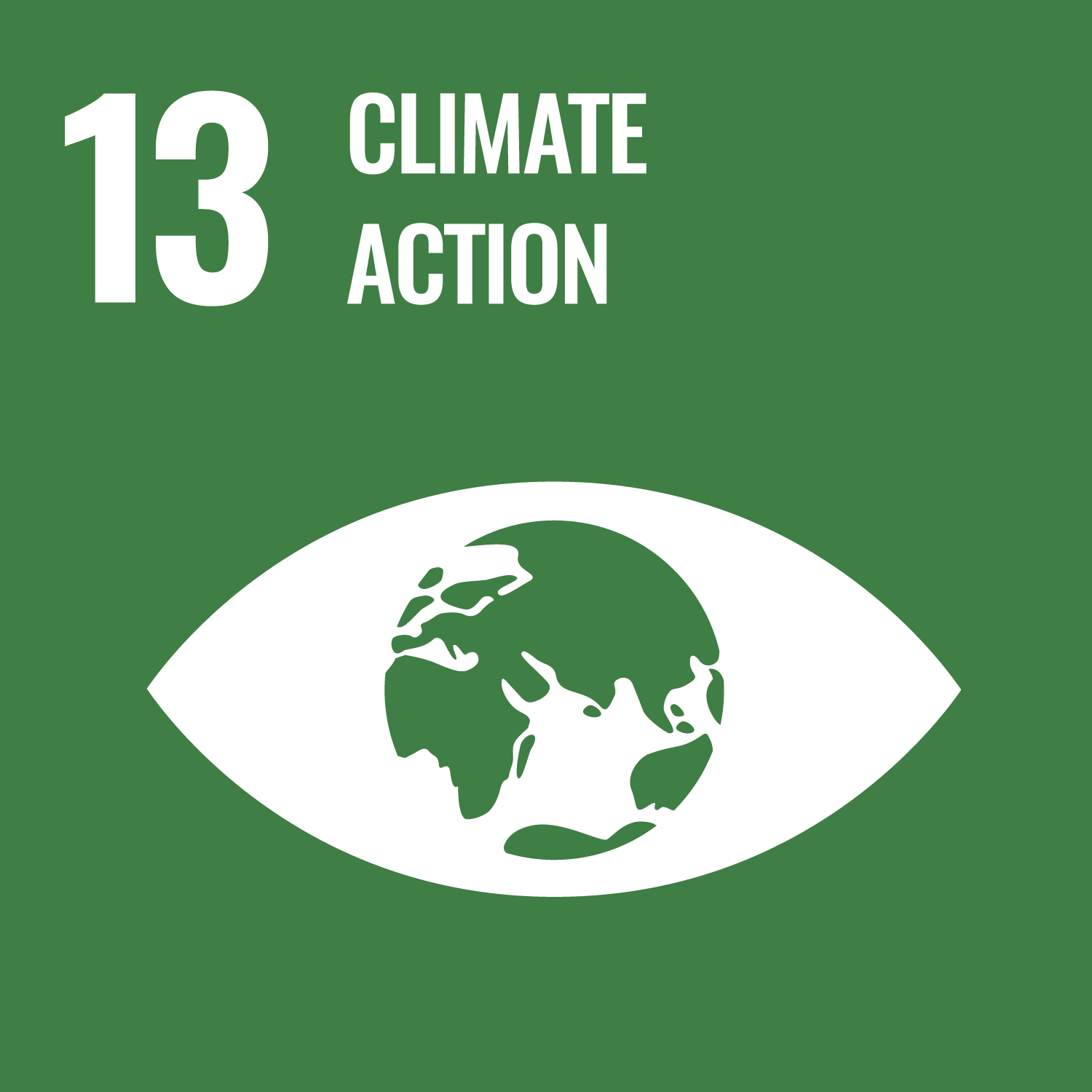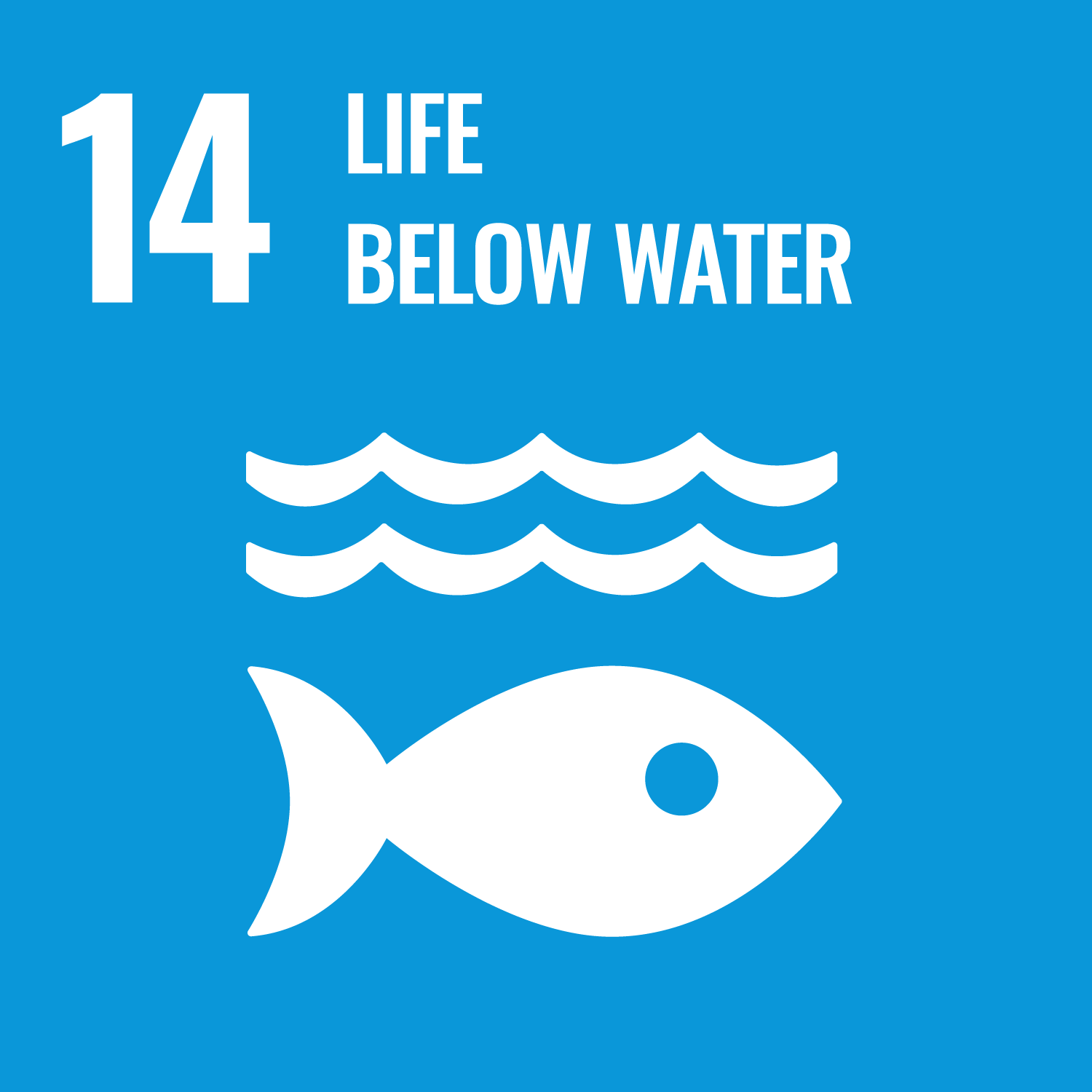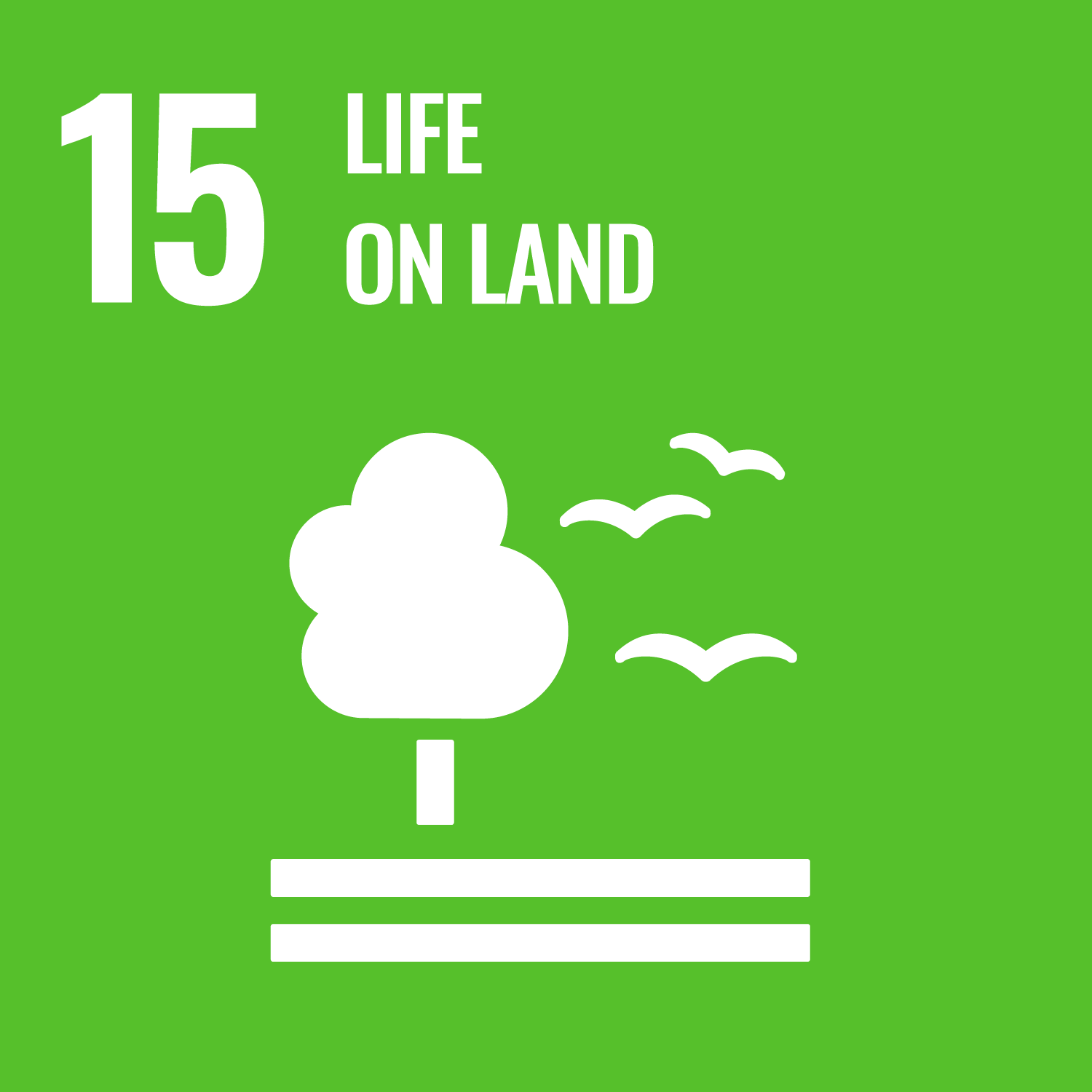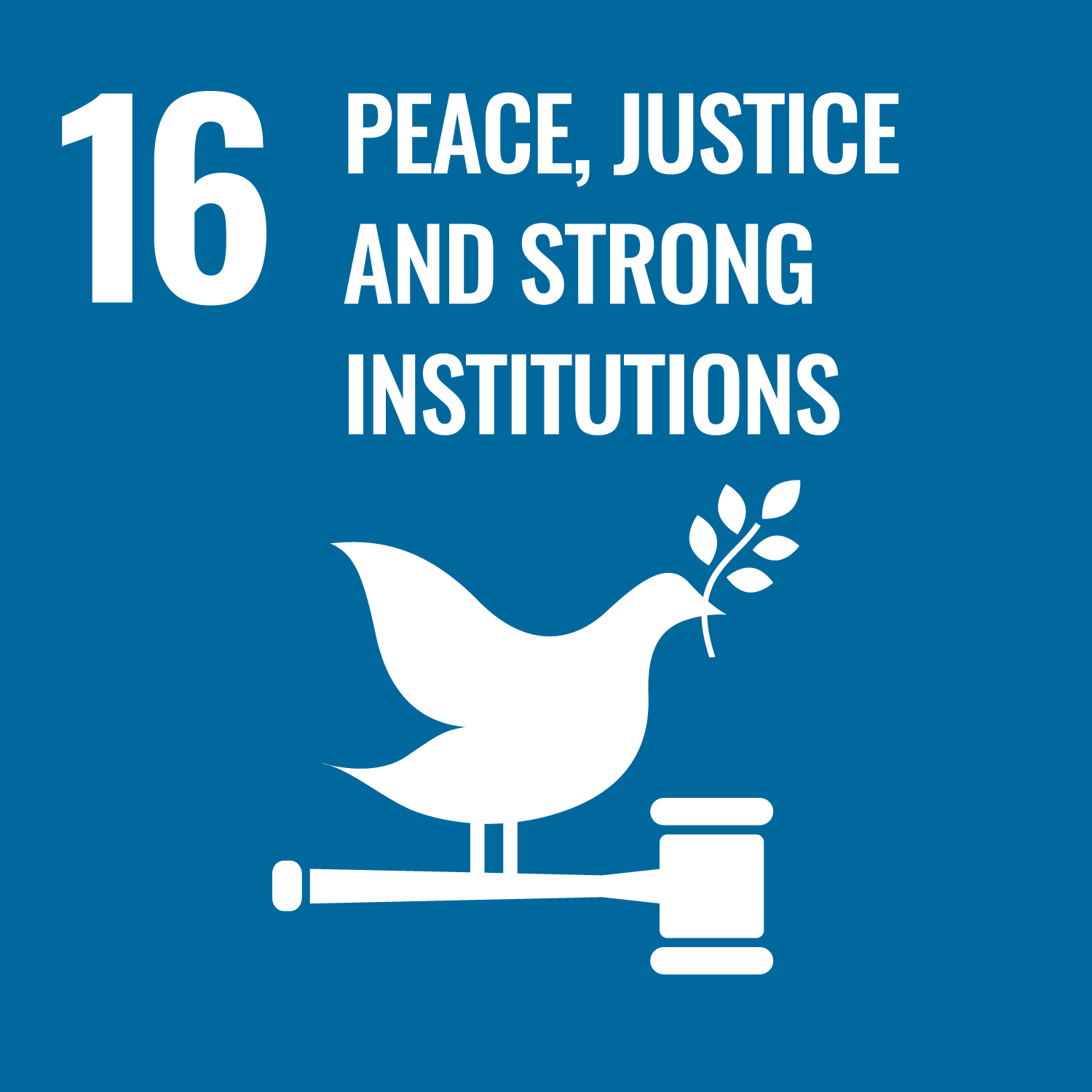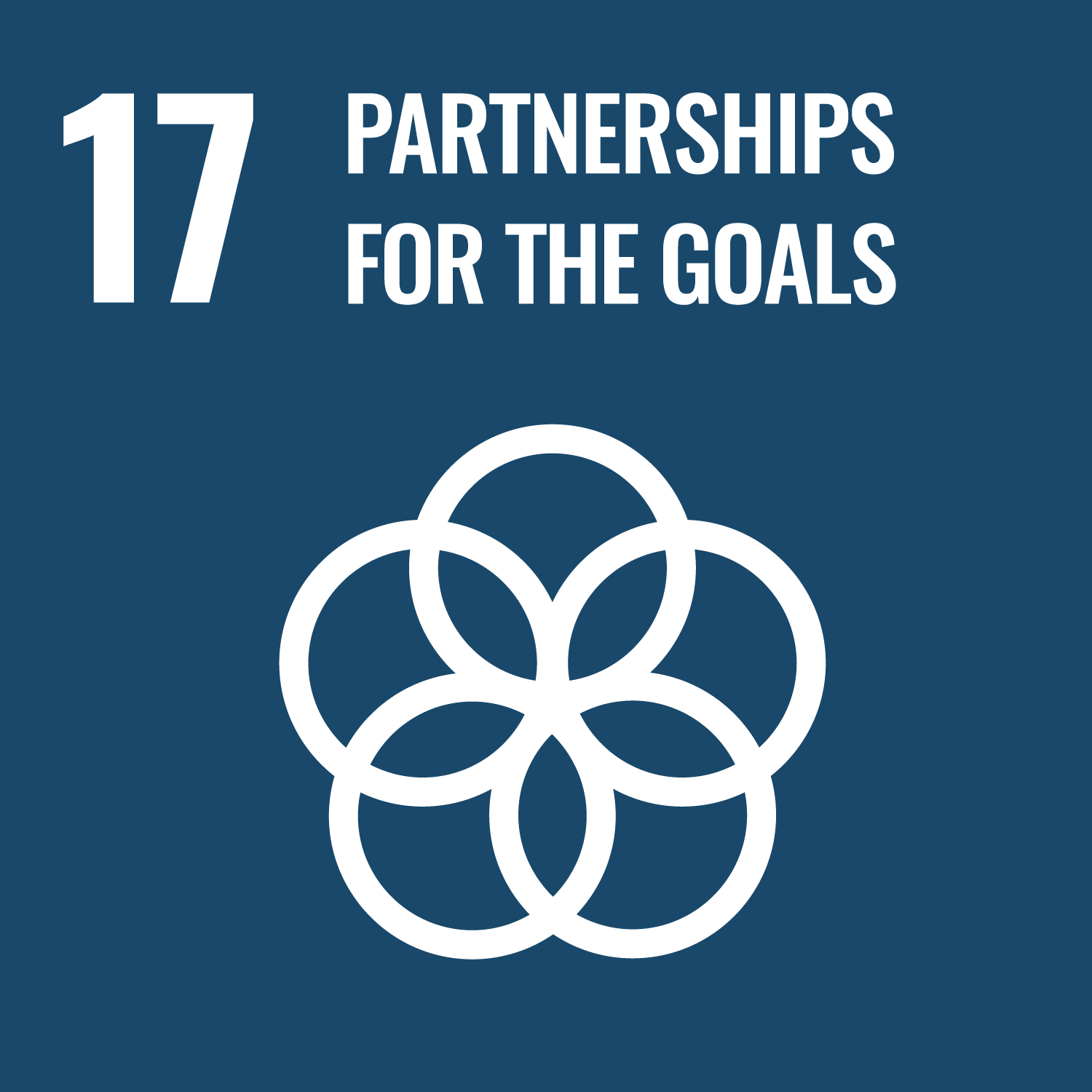What is Cortexia?
Cortexia stands at the forefront of urban cleanliness, merging SMART. CLEAN. SUSTAINABLE. ideas with artificial intelligence. With an inviting logo and a clear purpose, Cortexia offers a revolutionary approach to urban cleaning. The project’s aim is to take control of urban cleanliness by transforming traditional cleaning methods into a data-driven, measurable, and highly efficient system. Imagine a scenario where city cleanliness, attractiveness, and sustainability are not just buzzwords but measurable results in real time… Cortexia’s AI-powered litter monitoring solution bridges the gap between outdated practices and the modern needs of bustling cities. By integrating cameras and embedded AI processing directly on cleaning vehicles, the solution ensures that only the areas needing attention get cleaned, all while respecting privacy by design.
Main Benefits
Key figures and facts that underline Cortexia’s breakthrough approach include:
- LEVEL OF CLEANLINESS: Achieve a defined, measurable cleanliness index through real-time monitoring.
- USE OF YOUR RESOURCES: Engage cleaning operations based on actual needs, ensuring resource allocation is truly efficient.
- IMPACT ON THE ENVIRONMENT: Optimize energy, water consumption, and reduce CO2 emissions, all while lowering the overall environmental footprint.
Innovative Monitoring Solutions
At its core, Cortexia leverages advanced artificial intelligence to create SMART CLEAN CITIES where every street, square, and public area is constantly monitored and analyzed. This integrated solution provides an objective and precise mapping of cleanliness levels, a system sometimes referred to as the Clean City Index. Notably, every tiny piece of waste — yes, even a cigarette butt — is detected in real time, ensuring no detail goes unnoticed. The impressive method makes it possible to collect data automatically, letting cities save both time and money while ensuring that cleaning operations are only carried out when and where needed. This is urban management taken to the next level.
Resource and Environmental Efficiency
Cortexia’s pioneering approach does not just streamline cleaning operations; it directly contributes to environmental preservation. Traditionally, city sanitation departments engage their cleaning vehicles routinely regardless of the actual level of dirtiness on the streets. This outdated method leads to high cleaning costs and a significant environmental footprint. Cortexia changes this paradigm by monitoring cleanliness in real time, thereby enabling cities to allocate cleaning resources only when and where necessary. The result is a tangible reduction in energy and water consumption, improved machine utilization, and ultimately, a marked decrease in CO2 emissions. This new method empowers cities to preserve the environment while maintaining the highest standards of urban appearance.
Adaptive Cleaning Management
A key component of Cortexia’s innovation lies in its tailored solution for daily cleanliness management. The project incorporates the concept of the Clean City Lab, a real-world testing ground where actual improvement areas are identified in collaboration with partners and local teams. Here, cleaning resources are dynamically allocated based on almost instantaneous feedback. For example, areas with a “red” designation on the cleanliness map indicate a need for immediate action, while “blue” areas suggest that no additional cleaning is required. This clear visual representation, backed by objective data, allows for an on-the-fly redeployment of resources. Whether the district in Geneva reducing street sweeper passes in a “blue” zone or a small tourist town adjusting manual collection routines for specific waste types, Cortexia’s approach is adaptive, proactive, and highly efficient.
Integrated Urban Cleanliness Management
The Cortexia solution seamlessly connects cleaning management with broader Smart City initiatives. This interconnectivity ensures that data is not isolated in one department, but rather, it fuels a cross-sector approach to urban management. The integration enables cities to maintain a constant dialogue between real-time cleanliness measurements and resource deployment. In doing so, the project facilitates smoother operations, better communication, and an elevated overall quality of service. With the promise of delivering an attractive and sustainable urban environment, Cortexia stands as an exemplary model of how technology can redefine municipal service delivery.
Project Impact on Sustainable Development Goals
- SDG 11: Sustainable Cities and Communities – Fostering cities that are inclusive, safe, resilient, and sustainable.
- SDG 12: Responsible Consumption and Production – Improving operational efficiency and reducing waste.
- SDG 13: Climate Action – Lowering energy and water consumption as well as CO2 emissions leads directly to climate mitigation.
- SDG 15: Life on Land – Minimizing environmental disruption and safeguarding natural habitats.
Real-World Success and Future Prospects
The transformative impact of Cortexia is already evident in various case studies and pilot projects across major Swiss and European cities. The system’s capability to accurately monitor and report cleanliness has led to an average of 20% savings in both costs and environmental footprint. The project has introduced a practical change in how urban cleaning is perceived and executed: instead of managing the cleaning means, it shifts focus to managing the results. By doing so, cities gain the flexibility to adapt cleaning strategies to fit real-time needs. This shift not only optimizes resource allocation but also promotes a sustainable urban living environment. Cortexia’s dynamic, data-driven approach is a glimpse into the future of what urban management can and should be—cost-effective, sustainable, and seamlessly integrated into the smart city ecosystem. With future prospects aimed at further refining the technology and extending its applications, Cortexia continues to inspire innovative changes in urban cleanliness management across the globe.

